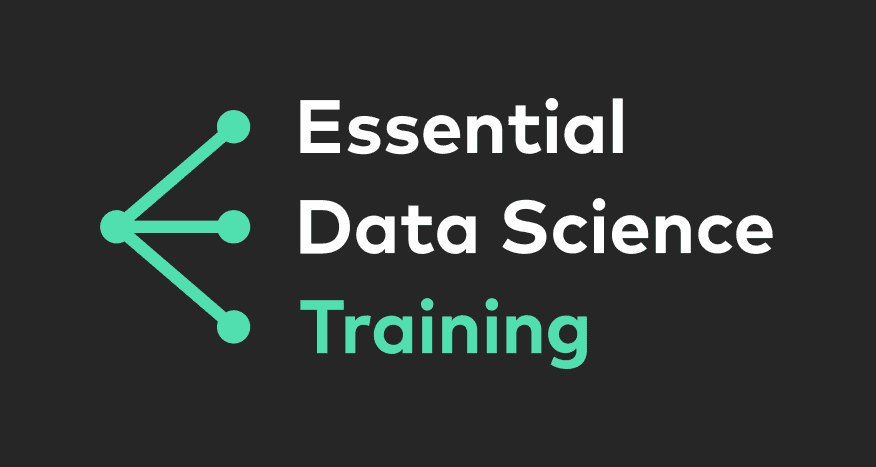Der Python Basiskurs richtet sich an Teilnehmer, die Grundkenntnisse in
Python sowie einen effizienten Umgang in der Datenaufbereitung und
Datenanalyse in Python erlernen möchten. Zudem werden
generelle “Best Practices” in Python vermittelt,
u.a., das Schreiben von einfachen, gut lesbaren und modular
erweiterbaren Code. Alle vorgestellten Themen werden mit Hilfe von
Übungen der Teilnehmer unter intensiver Anleitung
ausführlich erläutert, demonstriert und
geübt. Der Kurs behandelt folgende Themen:
Teil 1: Einführung in Python
Teil 1: Einführung in Python
- Einführung in die Grundlagen von Python und nützlicher Python Module (Numpy, Pandas).
- Arbeiten mit virtuellen Umgebungen.
- Erläuterung der wichtigsten Datentypen, Operatoren, Funktionen und Hilfeseiten.
- Import und Export von Daten.
- Arbeiten mit DataFrames und Vektoren (numeric, logical, character, factors), z.B. das Indizieren, Aufteilen und Umwandeln von Variablen bzw. Datensätzen.
- Berechnen von statistischen Kennzahlen (z.B.: Mittelwert, Quantile, Varianz, etc.).
- Je nach Bedarf Wiederholung von Python Grundlagen: built-in structures, numpy, IPython, jupyter notebook, package management, jupytext
- Series und DataFrames: Generierung, Bedeutung des Zeilenindex, Filtern, Zeiger vs. Kopie
- Import und Export von Daten aus Textdateien und (unstrukturierten) Excel Tabellen, sowie der Zugriff auf Datenbanken mittels Python
- Datenbereinigung: Behandlung von fehlenden Werten, Bearbeitung von Zeichenketten, Entfernen von Duplikaten
- Transformieren von Daten durch vektorisierte Operationen wie map oder apply
- Zusammenfügen verschiedener Datenquelle und das Erzeugen einer “guten” Tabellenstruktur der Daten
- Gruppieren von Daten und Aggregationen: Split-Apply-Combine
- Zeitreihen und Datum-Zeit Objekte
The Python Basics course is intended for participants who want to learn
basic Python skills as well as efficient handling of data preparation,
data processing and data analysis in Python. In addition, general "best
practices" in Python will be taught, including, writing simple,
readable and modularly extensible code. All topics presented will be
explained, demonstrated, and practiced in detail with the help of
participant exercises under intensive instruction. The course covers
the following topics:
Part 1: Introduction to Python
Part 1: Introduction to Python
- Introduction to the basics of Python
- Installation and use of Python and useful Python modules
- Creating and working with virtual environments
- Explanation of the most important data types, operators, functions and help pages
- Introduction to NumPy and Pandas
- Importing and exporting data
- Working with DataFrames and vectors (numeric, logical, character, factors), e.g. indexing, splitting and transforming variables or data sets
- Calculating statistical ratios (e.g.: mean, quantiles, variance, etc.)
- Review of Python basics: built-in structures, numpy, IPython, jupyter notebook, package management, jupytext
- Series and DataFrames: generation, meaning of line index, filtering, pointer vs. copy
- Importing and exporting data from text files and (unstructured) Excel spreadsheets, and accessing databases using Python
- Data cleansing: Handling missing values, editing strings, removing duplicates.
- Transforming data by vectorized operations like map or apply
- Merging different data sources and creating a "good" table structure of the data
- Grouping of data and aggregations: Split-Apply-Combine
- Time series and date-time objects
